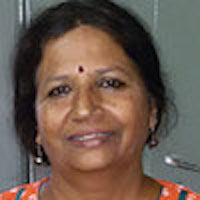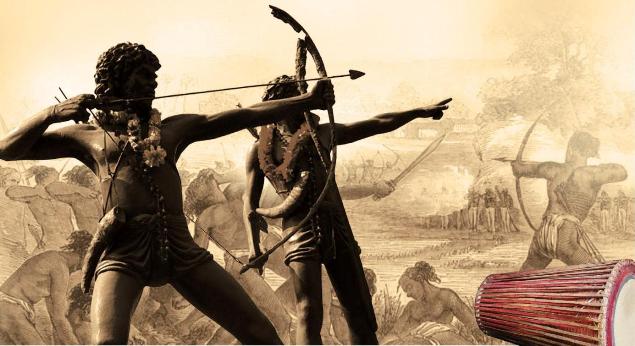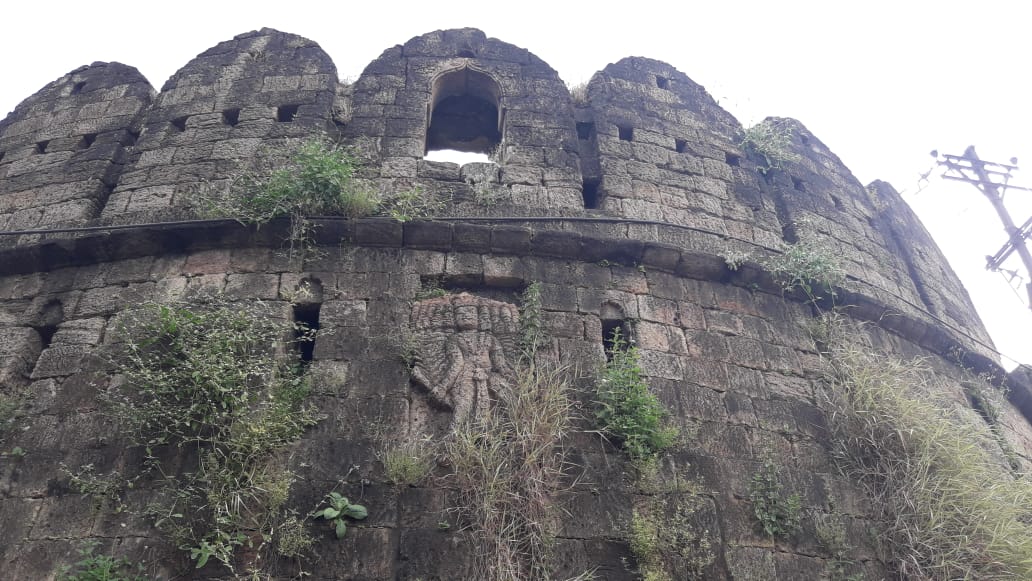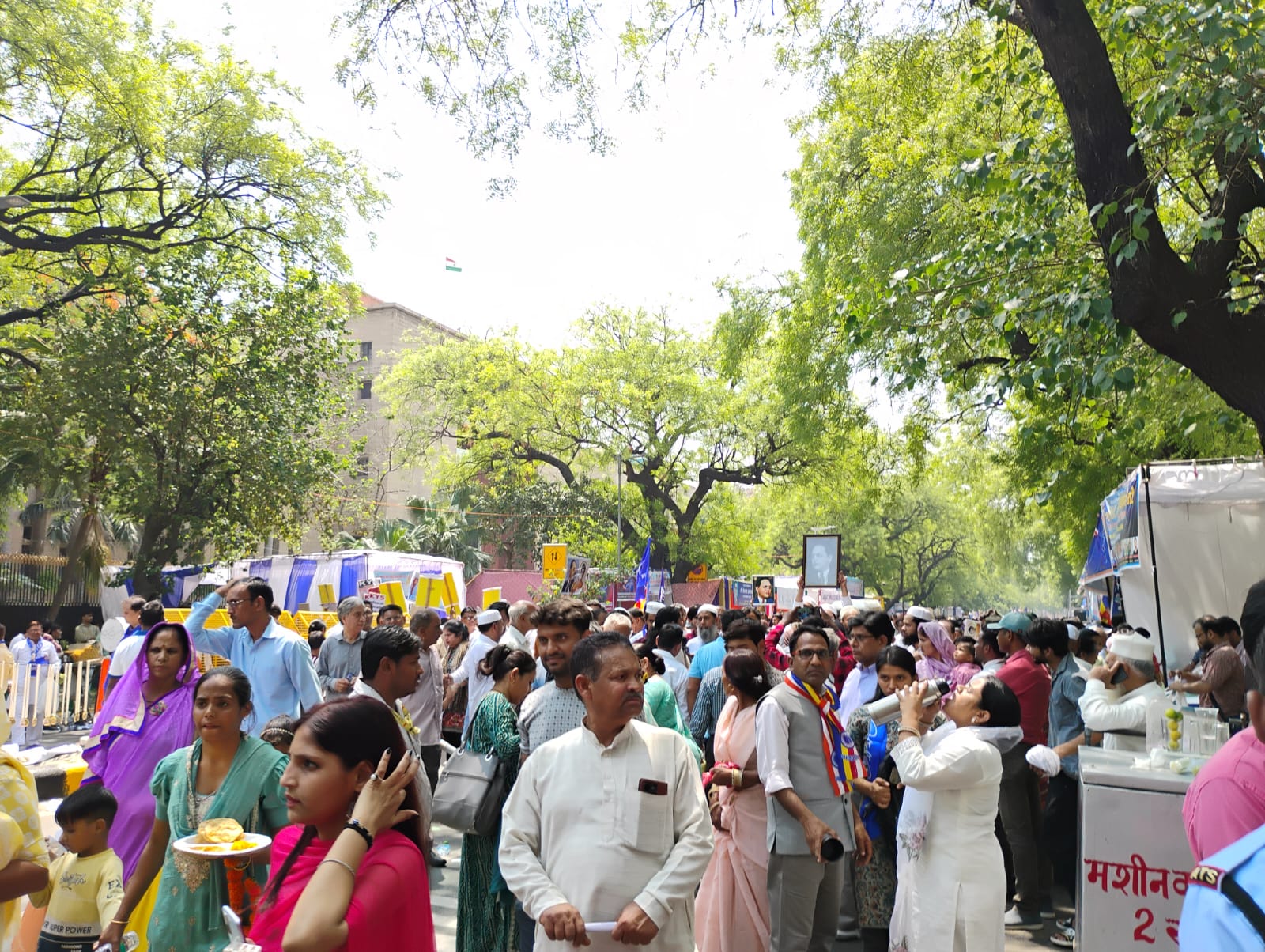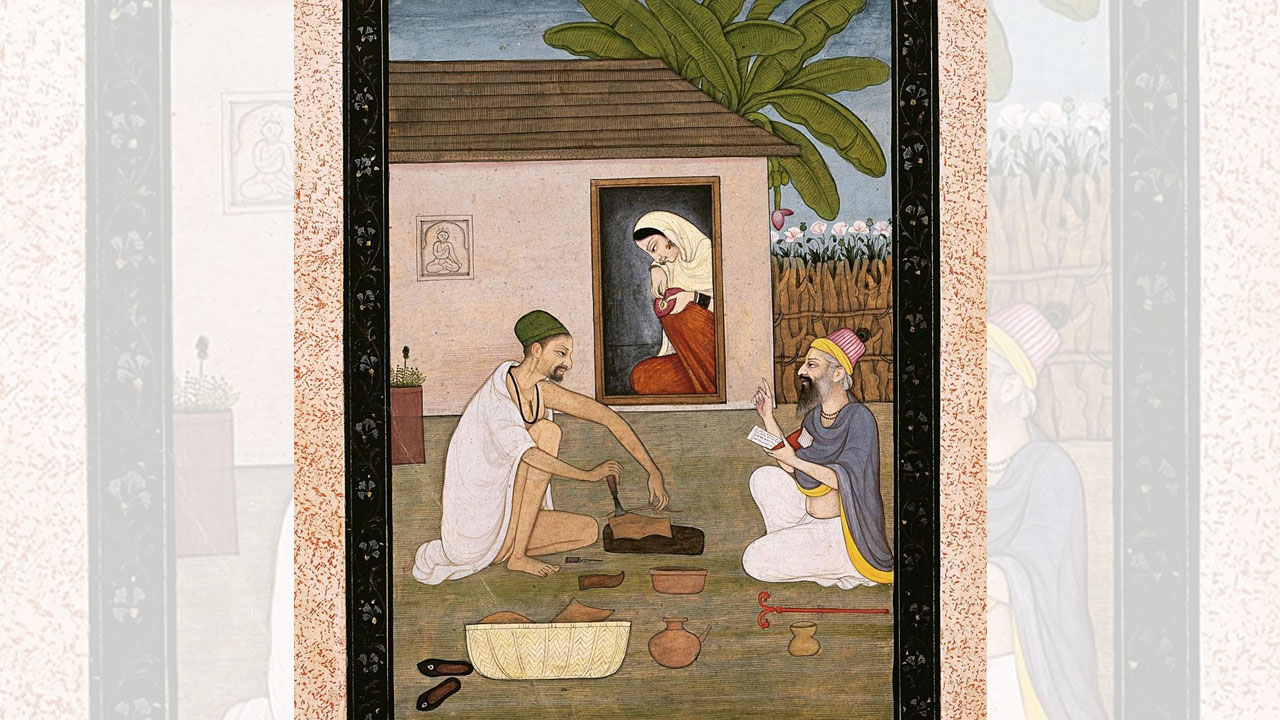Dr B.R. Ambedkar is hailed by many names. He is variously known as the architect of the Indian Constitution, messiah of the downtrodden, intellectual giant among giants, eminent jurist, erudite scholar but not many are aware of his commitment to the women’s cause.
Ambedkar had tried to bring in gender-just laws through every avenue that was open to him. In 1928, as a member of the Legislative Council of Bombay, Ambedkar supported a Bill granting paid maternity leave to women working in factories. He held the view that since the employer was reaping profits through the women’s toil, he must financially support them, at least partly, while they are on maternity leave. Babasaheb exhibited both class and gender consciousness as he 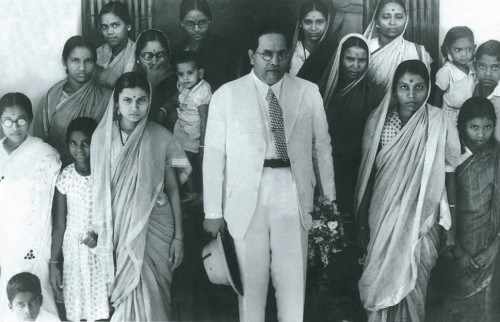 drew our attention to the economic and productive dimension of childbearing and child-rearing that working-class women concerned themselves with. The other part of the maternity-leave pay, according to Ambedkar, should be borne by government as, in his words, “It is in the interests of the nation that the mother ought to get a certain amount of rest during the pre-natal period and also subsequently.” There is an implicit recognition here of the social aspect of women’s reproductive function.
drew our attention to the economic and productive dimension of childbearing and child-rearing that working-class women concerned themselves with. The other part of the maternity-leave pay, according to Ambedkar, should be borne by government as, in his words, “It is in the interests of the nation that the mother ought to get a certain amount of rest during the pre-natal period and also subsequently.” There is an implicit recognition here of the social aspect of women’s reproductive function.
In 1938, again as a member of the Legislative Assembly of Bombay, Ambedkar recommended that birth control facilities be made available to women. His logic was that if and when a woman was disinclined to bear a child for any reason whatsoever, she must be in a position to prevent conception. He further felt that conception ought to be entirely a woman’s choice. Ambedkar was arguing for reproductive choice, reproductive control, reproductive rights and reproductive freedom for women.
Between 1942 and 1946, as a Labour Member in the Viceroy’s executive committee, Ambedkar passed several progressive legislations relating to better working conditions for women workers. These dealt with casual leave, privilege leave, earned leave, compensation in case of injury and pension. These provisions were at least in part a response to the resolutions adopted by the All-India Depressed Classes Mahila Federation in its conference (parishad) held on 20 July 1942. The resolutions included demands for all of these provisions for working women.
The Hindu Code Bill
On 9 April 1948, as the first law minister of independent India, Ambedkar submitted the draft Hindu Code Bill (HCB) to the Constituent Assembly. It sought to codify the law relating to the rights of the property of a Hindu, both female and male, who has died intestate. The Bill treated the widow, daughter and son of the deceased equally in the matter of inheritance. In addition, the daughter was given a share in her father’s property, her share being half that of the son.
HCB recognized two forms of marriage – sacramental marriage and civil marriage. It prescribed monogamy and made provisions for the dissolution of marriage. Anyone who was married would have three remedies to end the contract of marriage. One was to have the marriage declared null and void; secondly, to have the marriage declared invalid; and thirdly, to have it dissolved. The Bill stated that even where the marriage was declared invalid by a court of law, the invalidation would not affect the legitimacy of the children born.
There were seven grounds on which divorce could be obtained 1) desertion, 2) conversion to another religion, 3) keeping a concubine or becoming a concubine, 4) incurably unsound mind, 5) virulent and incurable form of leprosy, 6) venereal disease in communicable form, and 7) cruelty.
Two points in connection with Ambedkar’s involvement with the HCB stand out. One, he was a political leader of the backward classes and hence represented their interest. Two, by the time he began drafting the HCB, he had decided to leave the Hindu fold and embrace Buddhism. Yet, he took pains to draft a Bill that would have benefited Hindu women, and among them largely those belonging to the propertied upper class\caste, demonstrating thereby a sophisticated and nuanced understanding of the condition of all women irrespective of their caste\class status.
Thus we see that Ambedkar had consistently taken steps to promote gender equality using every platform available to him.
Perspective on gender
How did Ambedkar understand gender? How did he understand caste? How did he relate the two? In his seminal paper “Castes in India” (1916), Ambedkar explains that castes emerged in the Indian context when differences (classes) developed within groups. Ambedkar refers to castes as enclosed classes characterized by endogamy, namely marriage, within the group. He believed it was the priestly class that first enclosed itself, thus shutting itself in and shutting others out. The other castes were forced to follow suit.
How was the practice of endogamy maintained in the dominant caste? According to Ambedkar, it was maintained by restraining inter-caste marriages. This involved close monitoring of and control over women’s sexuality. In Ambedkar’s view, gender was used in the formation, maintenance and reproduction of caste. He believed that the caste-gender nexus was the main culprit behind the oppression of the lower castes and women and that it had to be uprooted. Thus, for Ambedkar, gender elimination was an intrinsic part of caste annihilation.
Ambedkar’s gender sensitivity drew upon three sources:
- His personal experience of caste subjugation as an ‘Untouchable’: He had had several humiliating experiences of being discriminated against. In his famous address before Untouchable women during the Mahad Satyagraha in 1927, he said in anguish, “You have given birth to us men. You know how other people consider us lower than animals. In some places even our shadow is not acceptable. Other people get respectable jobs in courts and offices, but the sons born of your wombs are held in such contempt that we cannot get a job as a lowly peon in the police department. If someone asks you why you gave birth to us, what answer will you give? What is the difference between us and the children born of Kayastha and other caste Hindu women sitting in this meeting?” It was not difficult for Ambedkar to link the downtrodden condition of his caste to women’s subjugation under patriarchy.
- His theoretical understanding: Given his intellectual brilliance and scholarship, and rare sensitivity, it was natural for him to arrive at a theoretical link between caste and gender as seen from the bottom of the caste hierarchy. This analysis was put forward in the paper “Castes in India” in 1916, which we have already touched upon.
- His leadership of the grassroots women’s organizations and their impact on him: There were three phases to the women’s movement led by Ambedkar. a) Participation of women in the general movement alongside men in the late 1920s: This included the various temple entry movements in which women participated enthusiastically along with men. b) Autonomous organizations of women in the 1930s: With some experience of participation in mass movements behind them, the women became conscious of the need to build their own autonomous organizations to find their space and voice. This was when they began to mobilize independently. c) Political organizations of women in the 1940s: These consisted of the All-India Depressed Classes Mahila Federation conferences which saw women from all over the country come together to deliberate and pass resolutions under the leadership of Ambedkar.
Ambedkar’s speeches and thoughts have had a great impact on the women. In particular, his speeches at the time of the Mahad Satyagraha in 1927 appear to have brought about a profound change in their lives. His advice to women to not wear the kind of clothes and ornaments that would mark them as Untouchables instilled courage in them, and they began draping their saris differently.
When Ambedkar announced his intention to change his religion in 1935, women held meetings to express support for him. They appealed to him not to lead them into a religion that would impose the purdah on them.
In one of his speeches in 1938, he declared that a woman is an individual and she must have individual freedom. In another speech the same year, he argued for women to have fewer children. He said, “If there are fewer children, women are freed from the terrible burden of childbearing and can use their strength for other tasks.”
Throughout the time he led mass movements, Ambedkar was in touch with the ground realities. Heeding his request, his women followers took up low-cost marriage functions. Women were also open to the idea that girls should not be married early, and that inter-caste marriages should take place. Ambedkar was as deeply influenced by the masses of women he mobilized as they were by him. That was the main source of his gender sensitivity.
Conclusion
Ambedkar’s analysis of Hindu Society is that:
- It is essentially a caste-ridden, graded, hierarchical society in which castes are arranged according to an ascending scale of reverence and descending scale of contempt
- It rests on the control of women’s sexuality and fertility and labour
- This caste-gender nexus is kept in place by Manu Dharma’s twin pillars, the Varnashrama Dharma and Pativrata Dharma ideologies. We cannot get rid of one without getting rid of the other.
Ambedkar’s emotional, intellectual reaction to this understanding guided him throughout his emancipatory project for women and the suppressed people.
Published in the April 2016 issue of the FORWARD Press magazine
